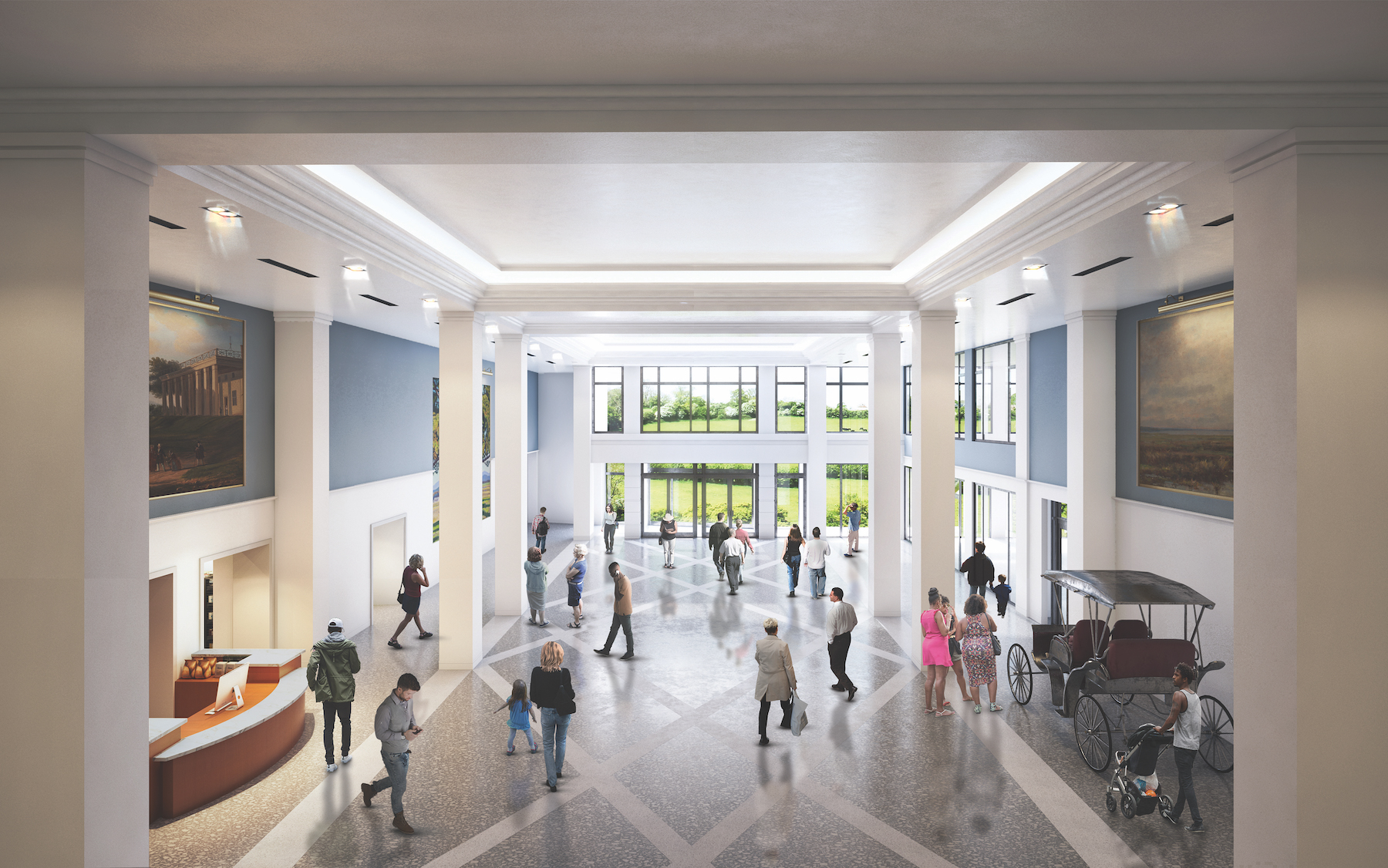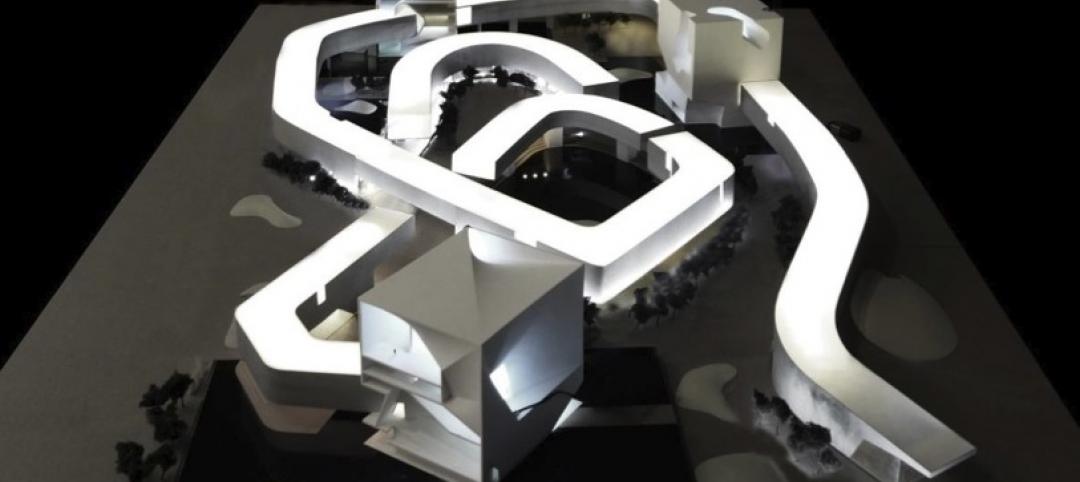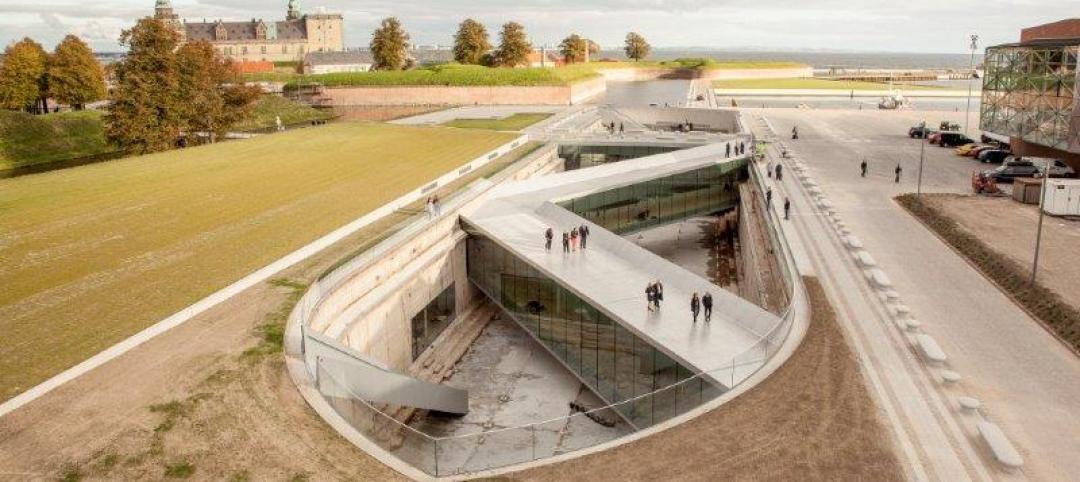The Virginia Historical Society is preparing to reopen its Virginia Museum of History & Culture, which has undergone an 18-month, $30 million-plus renovation that is the most extensive in the institution’s 200-year history.
The Museum, located in Richmond, is planning a grand reopening for the weekend of May 14 and 15, when it will officially unveil to the public a renovation that touches nearly two-thirds of the museum’s 250,000 sf. The project adds about 50 percent more exhibition space, a new research library, a grand two-story entrance atrium, an immersive orientation theater, several community meeting spaces, a connection between the Museum of History & Culture with the Virginia Museum of Fine Arts, an enhanced green space, and new amenities that include a café and museum store.
Glavé Holmes is the architect for this renovation, and Whiting-Turner Construction the GC. The PRD Group provided the exhibition design in partnership with the Museum’s internal curatorial staff.
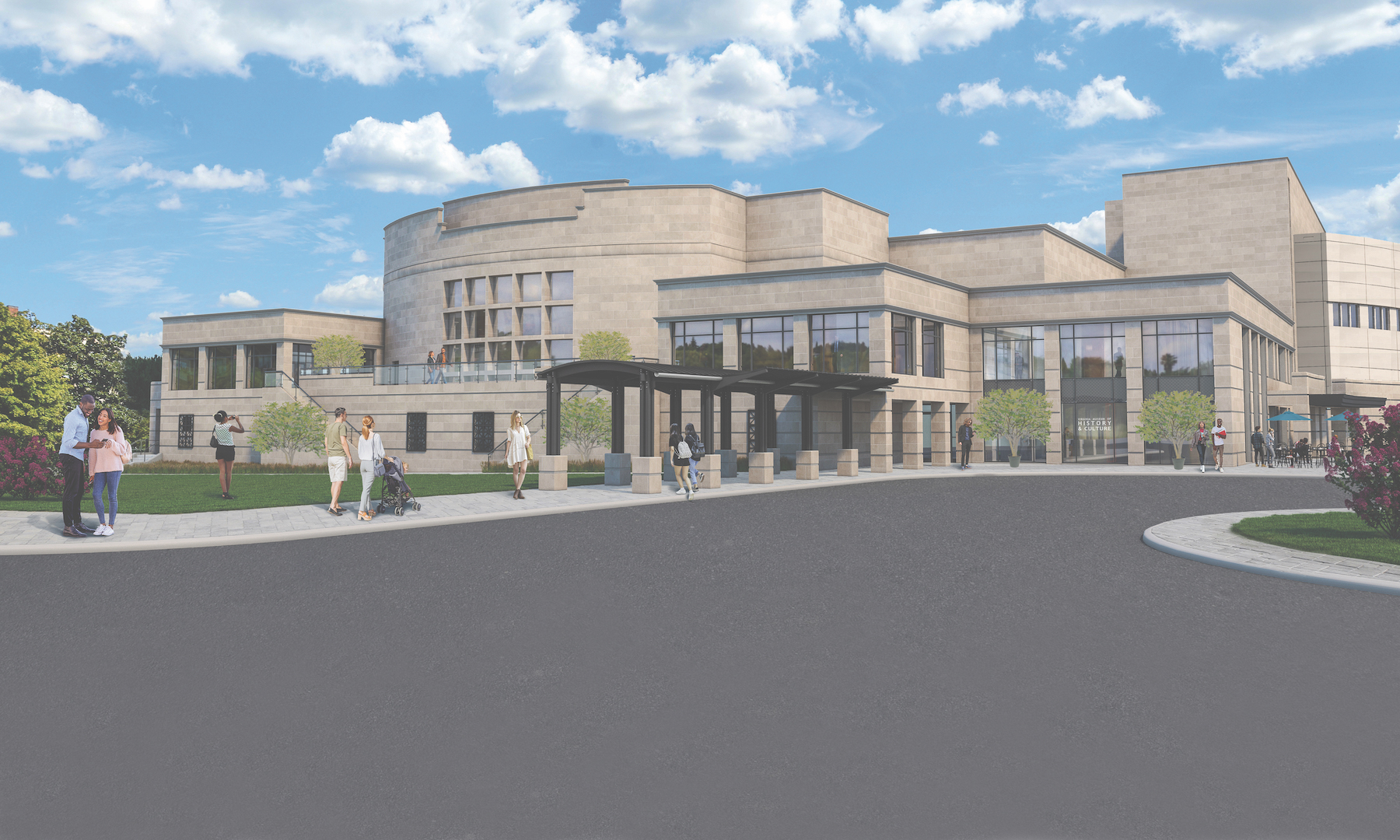
(The Virginia Museum of Fine Arts is also undergoing a $190 million renovation, designed by SmithGroup, that will impact 45,000 of the museum’s existing 650,000 sf of space, and include a new 100,000-sf wing and a 45,000-sf standalone Collections Center building. Construction is scheduled to start in the summer of 2023 for completion in the summer of 2025.)
Some of the Virginia Museum of History & Culture’s main goals from its renovation are to improve its infrastructure and programming, expand attendance by 25 percent, and extend the length of a guest’s visit by 50 percent.
VIRGINIA’S FIVE MAJOR REGIONS HIGHLIGHTED
As part of its reopening, the Museum of History & Culture—whose collection includes more than nine million objects—will debut exhibitions and galleries the present new approaches to learning. For example, Our Commonwealth, a more than 5,000-sf long-term exhibition with a 15-ft-wide video mural, will provide an in-depth, multi-sensory exploration through the five major regions of Virginia, featuring stories and artifacts from partner organizations and cultural institutions throughout the state. The exhibition will include living murals—large-scale, changing digital projections—and custom soundscapes that immerse them in the arts, culture, food, music, industry, and people of each region.
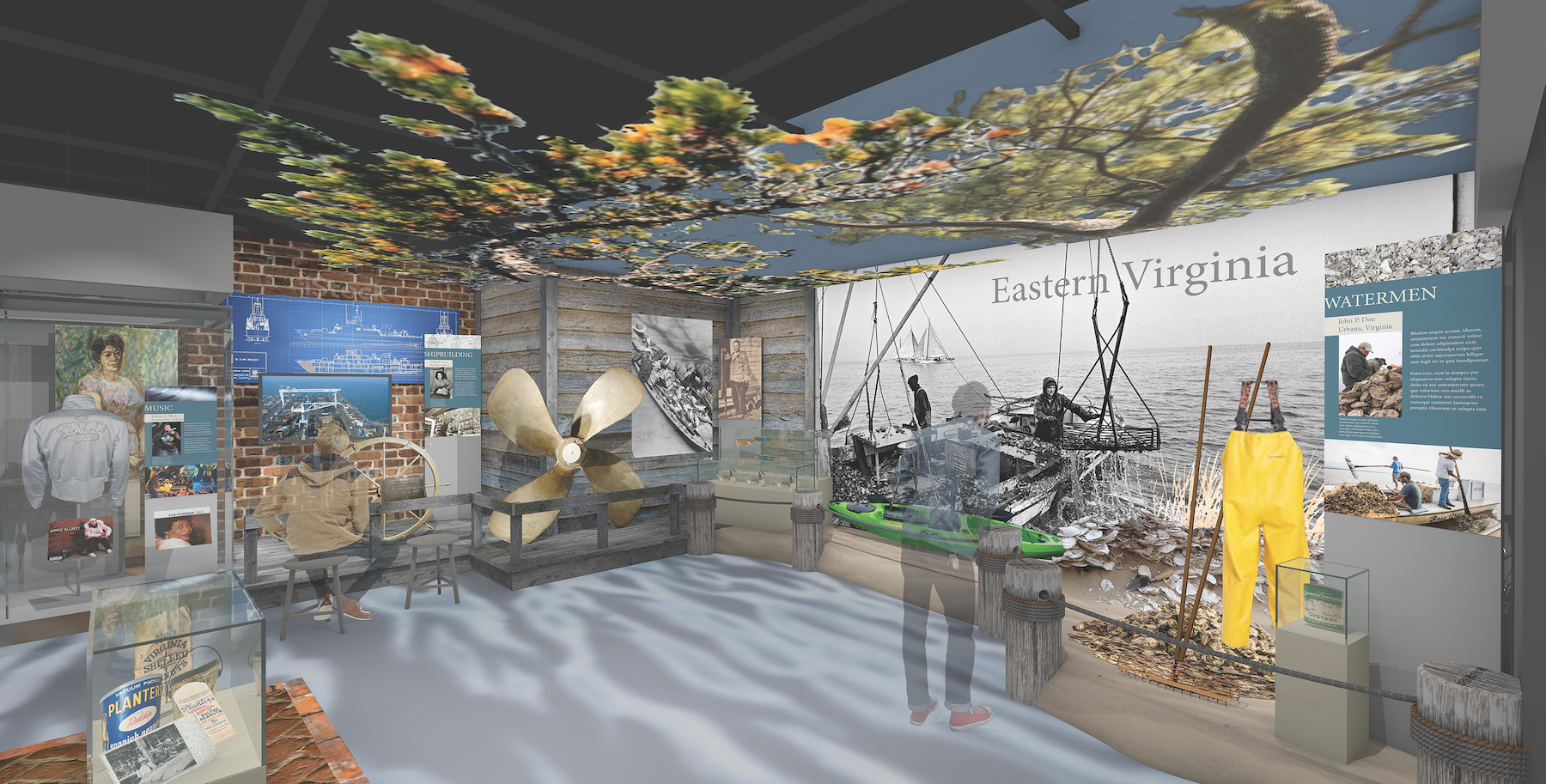
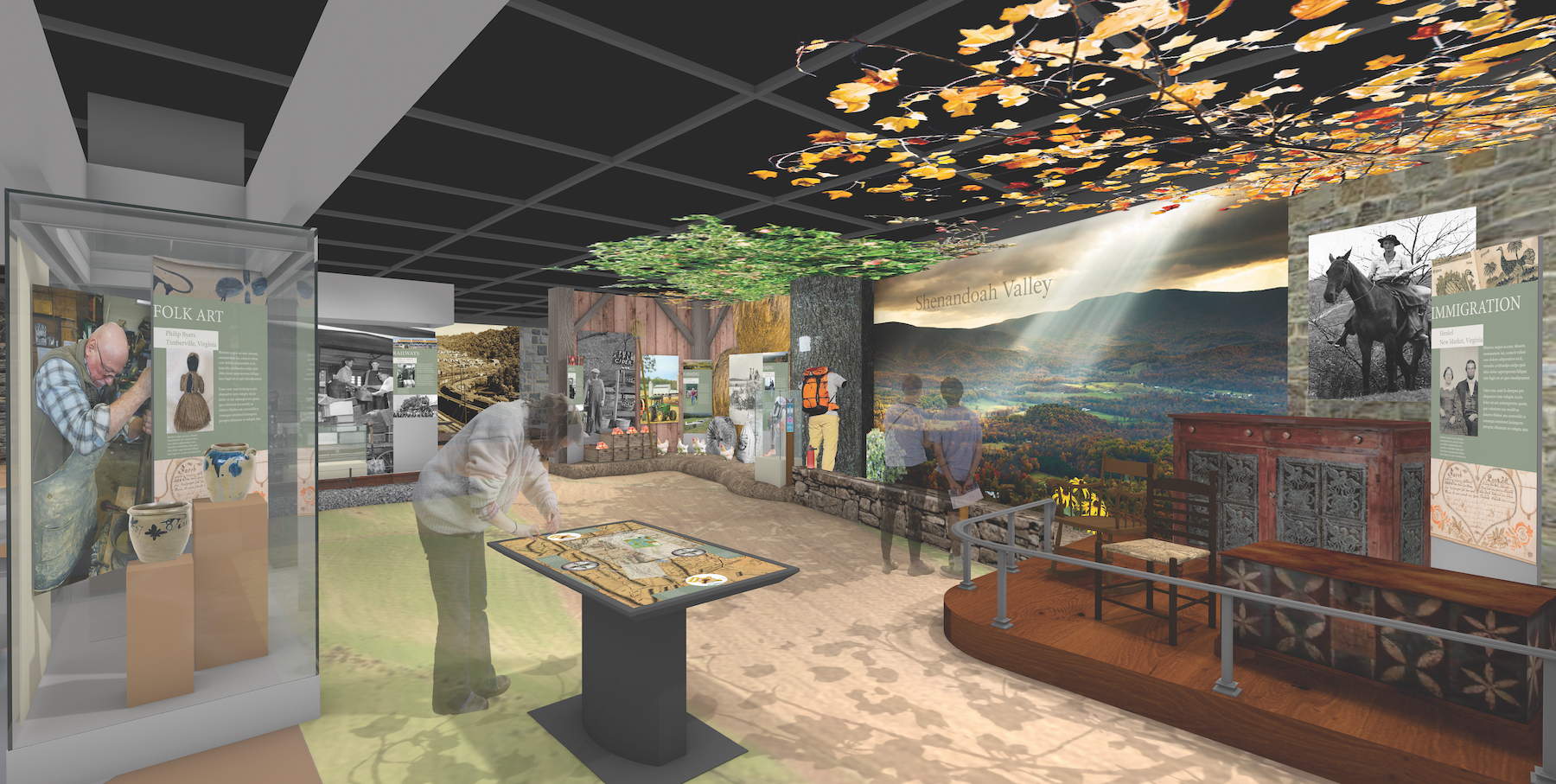
Other exhibits include American Democracy: A Great Leap of Faith, is a Smithsonian-organized display that will dynamically bring the great American experiment of democracy to life. Treasures of Virginia will feature objects associated with Virginians who, through extraordinary leadership and creativity, have worked to shape the future of both our state and our nation. Cheers, Virginia! explores alcohol crafting and consumption practices in Virginia across time. Virginia Explorers is a new interactive learning space for the museum’s youngest guests. The orientation theater will screen Imagine Virginia, a 17-minute film highlighting indelible moments and scenes in the state’s history. The film serves as an introduction to the reimagined museum.
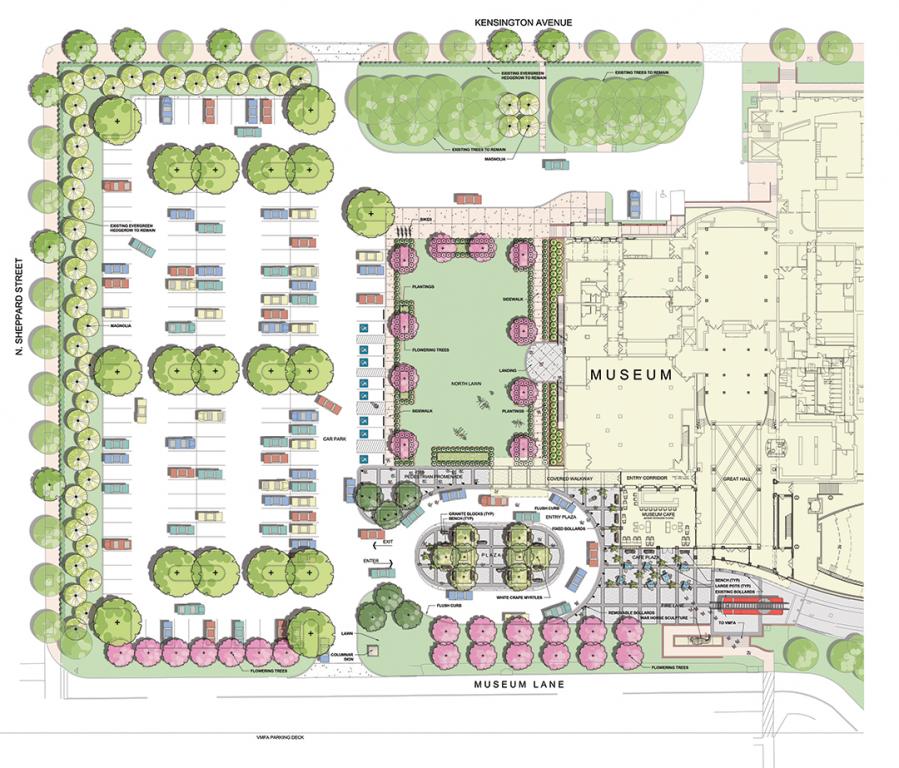
Beyond new physical spaces, the Museum is investing time and resources into a long-term collections partnership with the Black History Museum and Cultural Center of Virginia. In addition, the Museum is a key partner with educators across the state, enhancing the stories that can be told and supplementing the curricula that are pivotal for developing an informed citizenry.
Related Stories
| Nov 25, 2013
Building Teams need to help owners avoid 'operational stray'
"Operational stray" occurs when a building’s MEP systems don’t work the way they should. Even the most well-designed and constructed building can stray from perfection—and that can cost the owner a ton in unnecessary utility costs. But help is on the way.
| Nov 19, 2013
Top 10 green building products for 2014
Assa Abloy's power-over-ethernet access-control locks and Schüco's retrofit façade system are among the products to make BuildingGreen Inc.'s annual Top-10 Green Building Products list.
| Nov 13, 2013
Installed capacity of geothermal heat pumps to grow by 150% by 2020, says study
The worldwide installed capacity of GHP systems will reach 127.4 gigawatts-thermal over the next seven years, growth of nearly 150%, according to a recent report from Navigant Research.
| Nov 13, 2013
First look: Renzo Piano's addition to Louis Kahn's Kimbell Art Museum [slideshow]
The $135 million, 101,130-sf colonnaded pavilion by the famed architect opens later this month.
| Oct 30, 2013
15 stellar historic preservation, adaptive reuse, and renovation projects
The winners of the 2013 Reconstruction Awards showcase the best work of distinguished Building Teams, encompassing historic preservation, adaptive reuse, and renovations and additions.
| Oct 30, 2013
Steven Holl selected for Culture and Art Center in Qingdao, besting Zaha Hadid, OMA
Steven Holl Architects has been selected by near unanimous jury decision as the winner of the new Culture and Art Center of Qingdao City competition, besting OMA and Zaha Hadid Architects. The 2 million-sf project for four museums is the heart of the new extension of Qingdao, China, planned for a population of 700,000.
| Oct 30, 2013
11 hot BIM/VDC topics for 2013
If you like to geek out on building information modeling and virtual design and construction, you should enjoy this overview of the top BIM/VDC topics.
| Oct 29, 2013
BIG opens subterranean Danish National Maritime Museum [slideshow]
BIG (Bjarke Ingels Group) has completed the Danish National Maritime Museum in Helsingør. By marrying the crucial historic elements with an innovative concept of galleries and way-finding, BIG’s renovation scheme reflects Denmark's historical and contemporary role as one of the world's leading maritime nations.
| Oct 28, 2013
Urban growth doesn’t have to destroy nature—it can work with it
Our collective desire to live in cities has never been stronger. According to the World Health Organization, 60% of the world’s population will live in a city by 2030. As urban populations swell, what people demand from their cities is evolving.
| Oct 18, 2013
Researchers discover tension-fusing properties of metal
When a group of MIT researchers recently discovered that stress can cause metal alloy to fuse rather than break apart, they assumed it must be a mistake. It wasn't. The surprising finding could lead to self-healing materials that repair early damage before it has a chance to spread.


